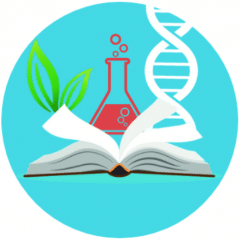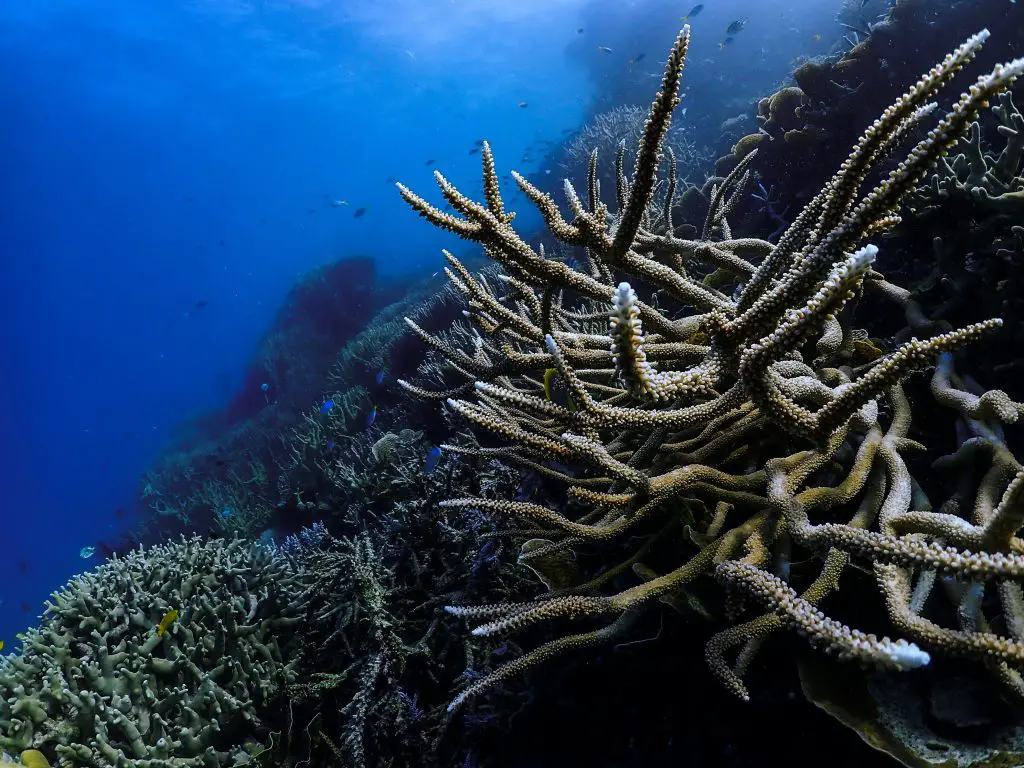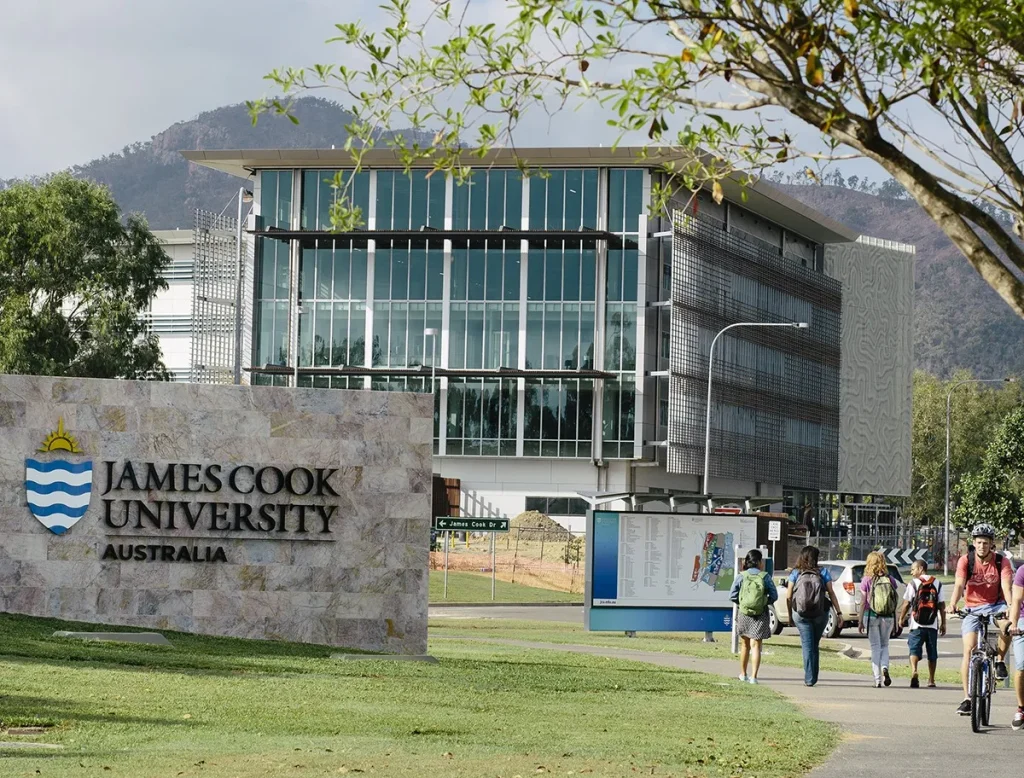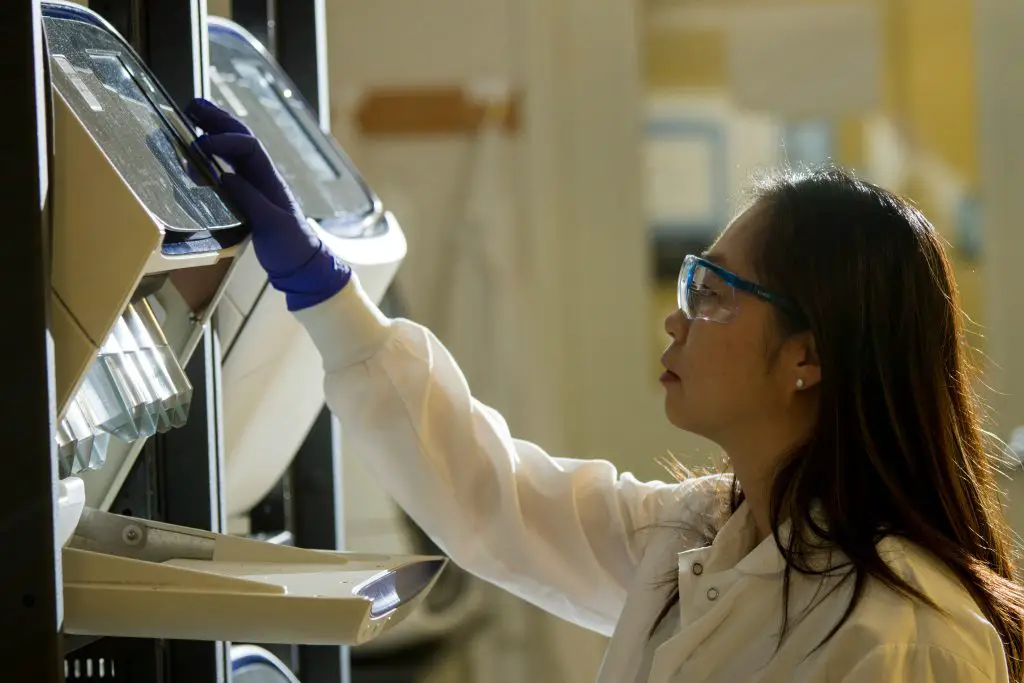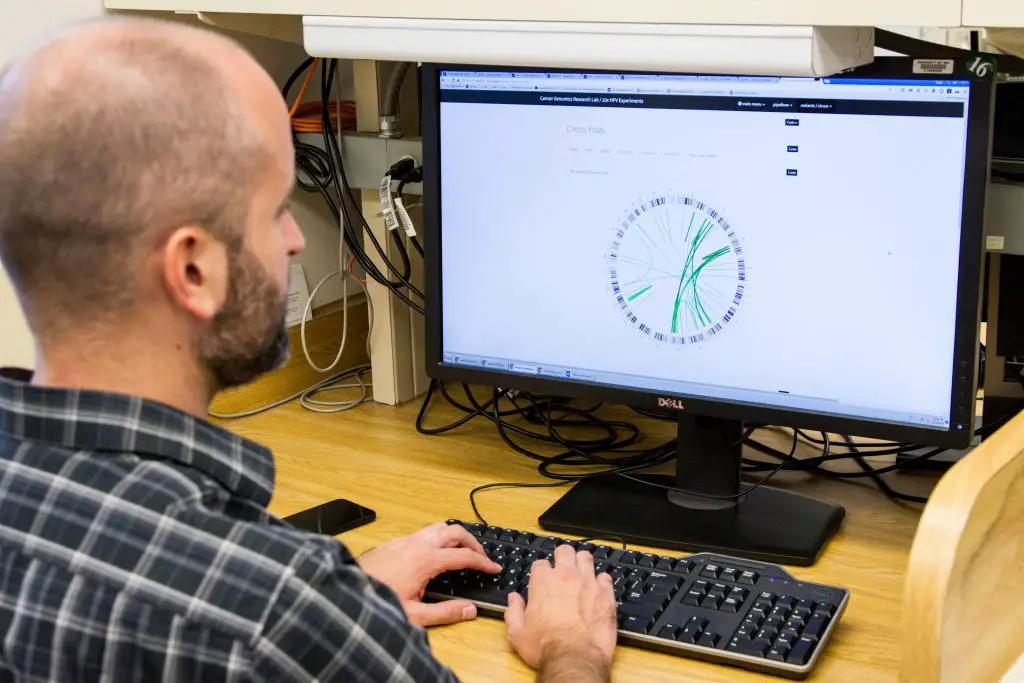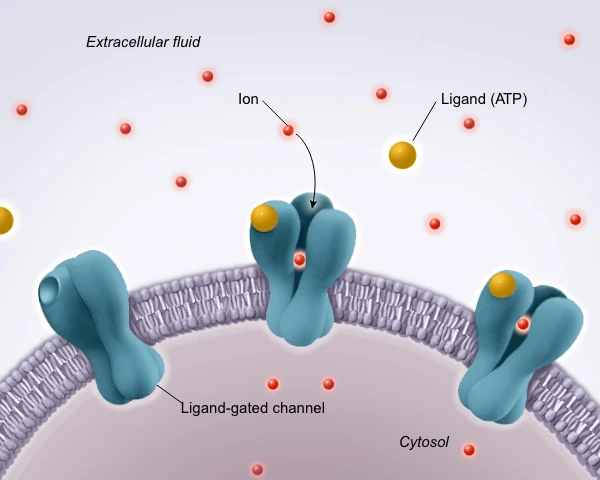Biology is a key subject in the UK’s secondary school curriculum, covering essential topics that form the foundation for further study in science. Whether preparing for exams or aiming to improve understanding, many pupils seek additional support to strengthen their grasp of complex topics. While schools provide structured lessons, some individuals find that extra guidance enhances their confidence and knowledge.
With a well-organised approach and access to expert advice, learners can easily tackle challenging areas. Many resources are available to help clarify difficult concepts, offering structured revision techniques that align with national exam boards.
Here’s how you can stay on top of your biology exam prep:
Understanding the GCSE Biology Syllabus
The curriculum in the UK is designed to develop a strong foundation in scientific principles, ensuring that pupils acquire theoretical and practical knowledge. Different exam boards, including AQA, Edexcel, and OCR, structure their content to assess various skills, from knowledge recall to critical thinking.
Key areas of study include cell structure, human body systems, genetics, ecology, and practical investigations. Laboratory work plays a significant role in helping individuals understand real-world applications of biological processes. Developing a systematic revision plan that covers all core topics can help improve recall and confidence when answering exam questions.
Expert Support for GCSE Biology Pupils
Many learners benefit from additional academic guidance outside the classroom. If you’re looking for specialised biology tutoring UK has several digital platforms with experienced teachers who provide tailored assistance and help individuals refine their understanding of difficult concepts.
Structured sessions focus on key subject areas, offering in-depth explanations and exam techniques to boost performance. Various study formats, including flexible lesson schedules, allow participants to fit extra practice into their routines. With expert input, learners can develop effective strategies for problem-solving and gain a deeper appreciation of scientific ideas.
Cell Biology: The Foundation of Life
Cells are the basic units of life, forming the building blocks of all living organisms. Understanding how they function is crucial to grasping more advanced biological concepts.
There are two primary cell types: prokaryotic and eukaryotic. Prokaryotic cells, found in bacteria, lack a nucleus, while eukaryotic cells, present in plants and animals, contain a nucleus and other specialised structures.
Key cellular functions include respiration, protein synthesis, and reproduction. Mitosis and meiosis are essential processes that enable growth, repair, and genetic variation. Mastering these principles is vital for tackling the topics of genetics, physiology, and ecology later in the syllabus.
Human Body Systems and Their Functions
The human body consists of interconnected systems that work together to maintain overall health. Each system has a specific role, ensuring that essential functions such as respiration, digestion, and circulation operate efficiently.
The circulatory system transports oxygen and nutrients to cells, while the respiratory system facilitates gas exchange. The digestive system processes food, breaking it down into absorbable components, and the nervous system transmits signals between the brain and body.
Understanding how these systems interact provides insight into human physiology and medical advancements. Recognising the importance of lifestyle choices, including a balanced diet and regular exercise, can also enhance knowledge of health and disease prevention.
Genetics and Evolution: Understanding Heredity
Genetics explains how traits are passed from one generation to the next. DNA, the molecule carrying genetic information, plays a fundamental role in inheritance, influencing characteristics such as eye colour and height.
Gregor Mendel’s work on pea plants laid the foundation for modern genetics, demonstrating how dominant and recessive traits are inherited. Understanding Punnett squares and genetic probability helps explain patterns of inheritance.
Evolution, driven by natural selection, shapes the diversity of life. Organisms with advantageous traits are more likely to survive and reproduce, passing on beneficial characteristics to future generations. Studying these principles helps explain biodiversity, adaptation, and species survival over time.
Ecology and the Environment
The natural world is made up of interconnected ecosystems, where organisms depend on each other and their surroundings for survival. Understanding ecological relationships helps explain how species coexist and adapt to environmental changes.
Biodiversity plays a key role in maintaining balance within ecosystems. When habitats are disturbed due to deforestation, pollution, or climate change, species struggle to survive, leading to population declines and ecosystem instability. Conservation efforts aim to protect endangered species and restore damaged environments.
Human activity has a direct impact on the planet, influencing air and water quality, weather patterns, and resource availability. Learning about sustainability, recycling, and conservation measures can help individuals make informed choices that reduce environmental harm.
Photosynthesis and Respiration
Plants use photosynthesis to convert sunlight into energy, providing the foundation for life on Earth. This process takes place in chloroplasts, where carbon dioxide and water, in the presence of light, produce glucose and oxygen.
Respiration, on the other hand, allows organisms to release energy stored in food. Aerobic respiration requires oxygen and occurs in cells to produce energy for movement, growth, and repair. Anaerobic respiration, which happens when oxygen is scarce, provides a short-term energy source but also leads to the production of lactic acid in animals.
Both processes are essential for survival. Photosynthesis supports life by generating oxygen and food, while respiration ensures energy is available for essential biological functions.
Homeostasis and Response
The body maintains a stable internal environment through homeostasis. This regulation is essential for processes such as temperature control, blood sugar regulation, and hydration balance.
The nervous system and endocrine system work together to respond to changes in the body. For example, the brain detects fluctuations in temperature and signals the skin to adjust accordingly. The pancreas regulates glucose levels by releasing insulin and glucagon as needed.
Reflex actions, such as pulling away from a hot surface, demonstrate how the nervous system reacts quickly to external stimuli. Understanding these mechanisms helps explain how the body adapts to different conditions and maintains overall stability.
Understanding biology at this level provides a strong foundation for further study in science and related fields. By developing knowledge of key topics, practical skills, and exam techniques, learners can approach assessments with greater confidence.
With the right study strategies and support, complex topics become more manageable. Engaging with the subject beyond textbooks through experiments, discussions, and real-world applications can also deepen understanding.
A well-rounded approach to science education not only prepares pupils for exams but also helps them develop critical thinking skills that are valuable for the future.
